Table of content
White shrimp, prized for their delicate flavor and tender texture, are a staple in kitchens worldwide. Whether caught fresh from coastal waters or purchased from a local market, preserving their quality through proper freezing techniques is essential to enjoy them at their best months later. This comprehensive guide explores the step-by-step process of freezing white shrimp, from preparation to storage, ensuring your seafood remains safe, flavorful, and ready for culinary creativity.
Why Proper Freezing Matters
Freezing is not merely about preserving; it’s a science. When done incorrectly, shrimp can suffer from freezer burn, texture degradation, and off-flavors. Freezer burn occurs when moisture evaporates from the shrimp’s surface, leaving dry, discolored patches. Improper packaging also exposes shrimp to air, accelerating oxidation and spoilage. By mastering the right techniques, you lock in freshness, extend shelf life, and retain the shrimp’s natural sweetness and firmness.
Step 1: Selecting Fresh White Shrimp
The foundation of great frozen shrimp starts with freshness. Look for specimens with:
- Clear, translucent flesh: Avoid shrimp with grayish or milky spots.
- Firm texture: Gently press the shrimp; it should spring back, not feel mushy.
- Mild oceanic scent: Fresh shrimp should smell like saltwater, not ammonia or sourness.
If purchasing whole shrimp, ensure the heads are intact (if desired) and the shells are glossy. For peeled shrimp, check for minimal discoloration along the edges.
Step 2: Preparing Shrimp for Freezing
Proper preparation prevents bacterial growth and maintains texture. Follow these steps:

-
Cleaning:
- Rinse shrimp under cold running water to remove debris.
- If desired, peel the shells. Leaving shells on can enhance flavor during freezing but may require more effort later.
- Devein using a paring knife or deveining tool. This removes the digestive tract, which can harbor grit.
-
Blanching (Optional):
- For peeled shrimp, blanching in boiling water for 1–2 minutes halts enzyme activity that causes texture breakdown. Immediately cool in an ice bath to stop cooking.
- Skip blanching if freezing whole, head-on shrimp, as it may affect flavor.
-
Drying:
Pat shrimp dry with paper towels. Excess moisture leads to ice crystal formation, damaging cells and causing mushiness.
Step 3: Freezing Methods
Choose the method that best suits your needs and equipment:
Method 1: Ice Glaze Freezing
Ideal for long-term storage, this technique creates a protective ice barrier.
- Dip shrimp in a saltwater brine (1 tbsp salt per quart of water) to lower the freezing point.
- Arrange shrimp in a single layer on a baking sheet lined with parchment paper.
- Freeze for 1–2 hours until partially frozen.
- Dip frozen shrimp in cold water, then refreeze. Repeat 2–3 times to build an ice glaze.
- Transfer to airtight containers or freezer bags, labeled with the date.
Method 2: Vacuum Sealing
Vacuum sealers remove air, preventing freezer burn and oxidation.
- Portion shrimp into meal-sized batches.
- Place shrimp in vacuum-seal bags, avoiding overcrowding.
- Seal according to the machine’s instructions, ensuring a tight seal.
- Label and freeze immediately.
Method 3: Freezer Bags/Containers
A budget-friendly option for short-term storage.
- Place shrimp in freezer-safe bags or rigid containers.
- Press out excess air before sealing. For bags, use the water displacement method: submerge the bag in water (sealed almost entirely) to force air out, then seal.
- Lay bags flat to freeze, stacking once solid.
Step 4: Storage Guidelines
- Temperature: Maintain a freezer temperature of 0°F (-18°C) or lower.
- Duration:
- Peeled shrimp: 3–6 months (optimal quality).
- Whole shrimp (head-on): Up to 12 months.
- Cooked shrimp: 2–3 months.
- Organization: Use a “first-in, first-out” system. Label containers with the date to track freshness.
Step 5: Thawing Techniques
Proper thawing preserves texture and safety:
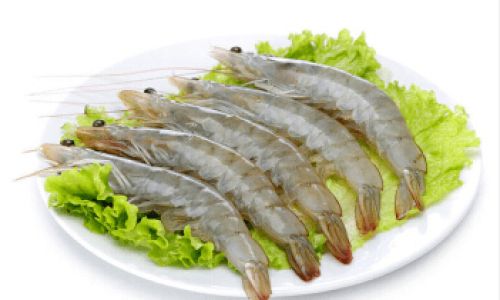
-
Refrigerator Thawing:
- Transfer frozen shrimp to the fridge 8–10 hours before cooking.
- Place on a tray to catch drips.
-
Cold Water Thawing:
- Seal shrimp in a waterproof bag. Submerge in cold water, changing the water every 30 minutes.
- Thawing time: 1–2 hours (depending on portion size).
-
Avoid Microwave Thawing:
Uneven heating can partially cook shrimp, altering texture.
Never thaw at room temperature, as it invites bacterial growth.
Tips for Maintaining Quality
- Avoid Freezer Burn: Ensure airtight packaging and minimal air exposure.
- Do Not Refreeze: Once thawed, cook shrimp immediately. Refreezing degrades quality.
- Cook Without Thawing: Add frozen shrimp directly to boiling soups, stews, or stir-fries.
- Check for Freshness: Discard shrimp with a strong ammonia odor or slimy texture.
Creative Uses for Frozen Shrimp
Frozen shrimp are incredibly versatile. Use them in:
- Pasta dishes: Toss into alfredo or garlic butter sauce.
- Salads: Add thawed shrimp to Caesar or grain salads.
- Appetizers: Grill skewered shrimp with chili-lime glaze.
- Soups: Simmer in tomato-based cioppino or Thai coconut curry.
Troubleshooting Common Issues
- Freezer Burn: While safe to eat, affected areas may be dry. Trim before cooking.
- Texture Issues: Overcooking during thawing or freezing causes mushiness. Stick to recommended times.
- Off-Flavors: Improper sealing or prolonged storage leads to rancidity. Discard if flavors are sour or bitter.
Conclusion
Freezing white shrimp correctly is a game-changer for seafood lovers. By prioritizing freshness, employing the right preparation and freezing techniques, and adhering to storage guidelines, you can enjoy premium-quality shrimp year-round. Whether you’re a home cook stocking up for busy weeknights or a culinary enthusiast experimenting with global flavors, mastering the art of freezing white shrimp ensures every dish shines with oceanic sweetness and tender perfection.
Remember, the key to success lies in attention to detail—from the moment you select your shrimp to the final thaw before cooking. With this guide in hand, you’re equipped to preserve the essence of the sea, one frozen shrimp at a time.
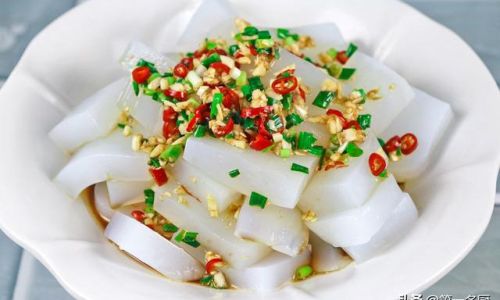


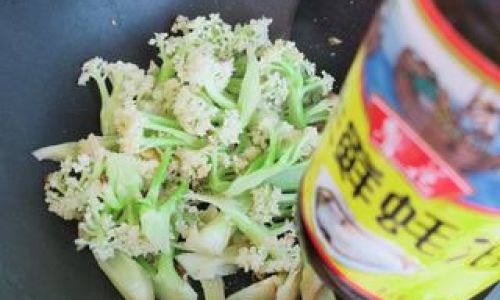
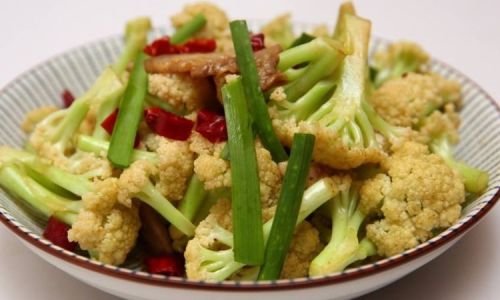
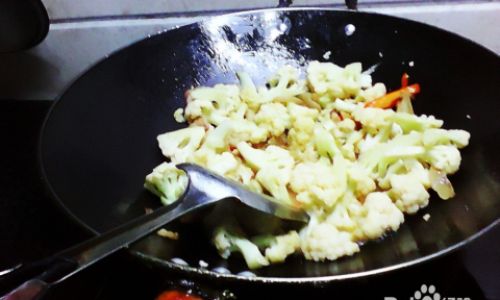
0 comments